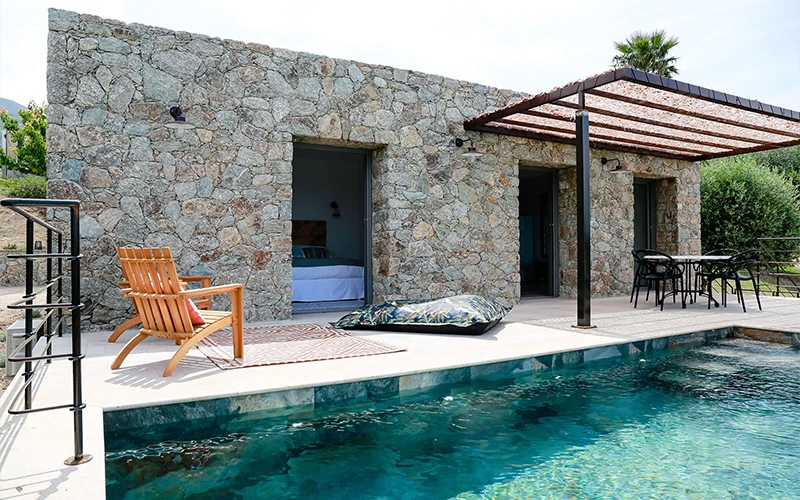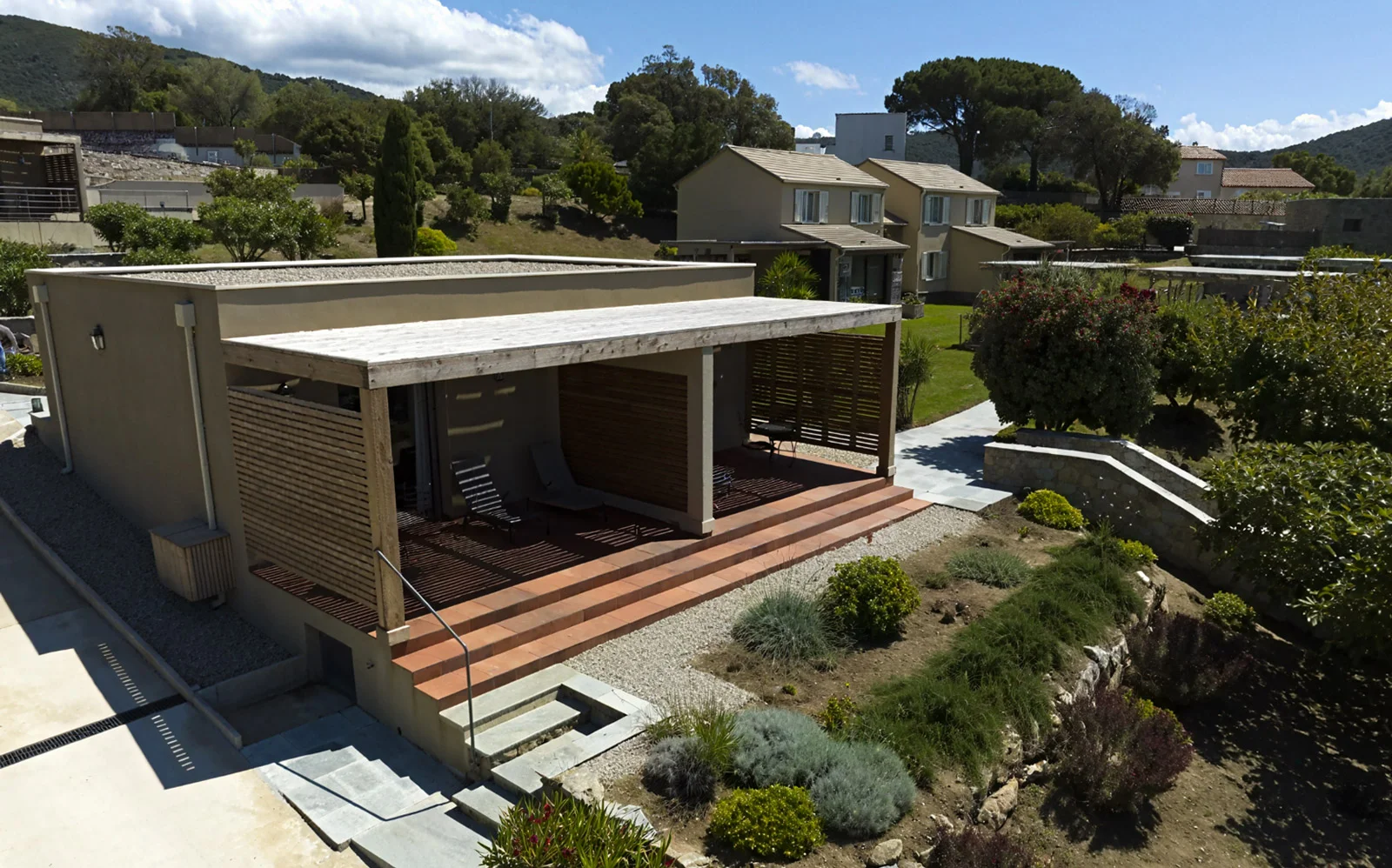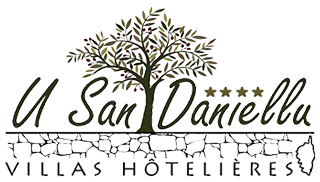
4 star Hôtel at Farinole, near of Saint-Florent in north Corsica
+336.77.15.38.59 / +334.95.37.11.01
Email: contact@usandaniellu.com
4 star Hôtel U San Daniellu
Marine de Farinole 20253 Farinole France
-
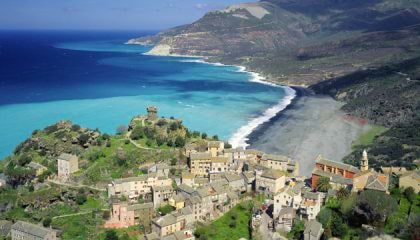 Read more +
May 18, 2021 By Zlatka Harizanova in The Cap Corse
Read more +
May 18, 2021 By Zlatka Harizanova in The Cap Corse
The wild and captivating places of Cap Corse
-
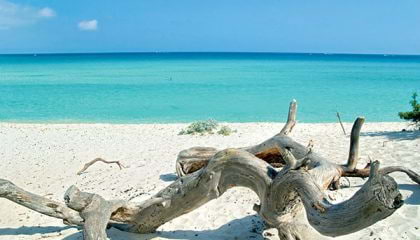 Read more +
By Zlatka Harizanova in The Cap Corse
Read more +
By Zlatka Harizanova in The Cap Corse
10 Cap Corse beaches not to be missed during your stay in Farinole
-
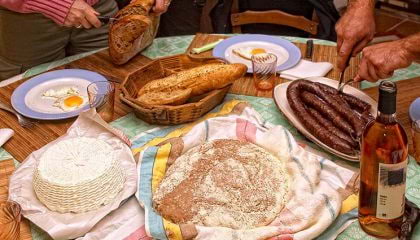 Read more +
By Zlatka Harizanova in The Cap Corse
Read more +
By Zlatka Harizanova in The Cap Corse
Corsican specialties, cuisine between sea and mountain
-
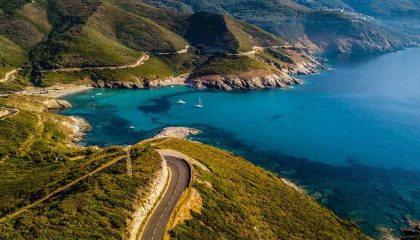 Read more +
By Zlatka Harizanova in The Cap Corse
Read more +
By Zlatka Harizanova in The Cap Corse
The best hikes and walks in Farinole and Saint-Florent
-
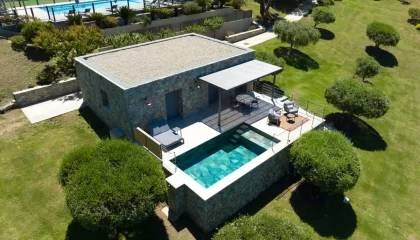 Read more +
By Zlatka Harizanova in The Cap Corse
Read more +
By Zlatka Harizanova in The Cap Corse
Your holidays in Corsica in a villa U San Daniellu
-
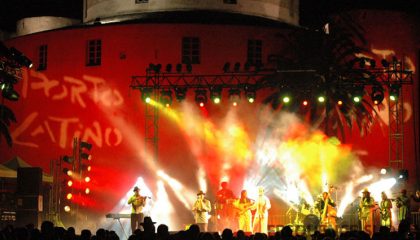 Read more +
By Zlatka Harizanova in The Cap Corse
Read more +
By Zlatka Harizanova in The Cap Corse
Festivals in Haute Corse, cultural summer events







